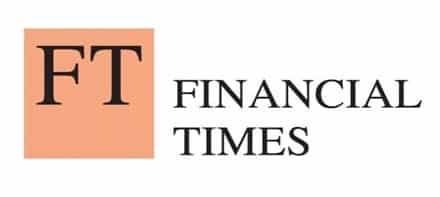At the time of writing, the pandemic is continuing to take a heavy toll on the European economy, and even though an economic collapse has been prevented, Europe’s growth prospects are far from encouraging. Policy-makers across Europe have supported firms, workers and families through furlough schemes, income support and loans – often with remarkable pragmatism – and are continuing to provide new forms of aid. The European recovery fund offers €750 billion in grants and loans to poorer and harder-hit countries. But policy-makers in Europe are reluctant to use the full arsenal of the government balance sheet to spur a full and swift recovery in the way the new US administration is doing, as the fear of higher public debt starts to dominate the European debate (again).
In the aftermath of the Global Financial Crisis of 2008 and the ensuing crisis in the eurozone, those in favour of a swift end to fiscal support won the argument, causing widespread economic harm. This time, European policy-makers should act differently. Their foremost concern should not be public debt, but how to support a swift economic recovery, reach full employment, and bring inflation back to its target level of 2 per cent. This policy brief reviews the costs and benefits of higher public debt in Europe and how today’s world economy is very different from the one that inspired the old consensus.
Read the full policy brief at the Centre for European Reform


